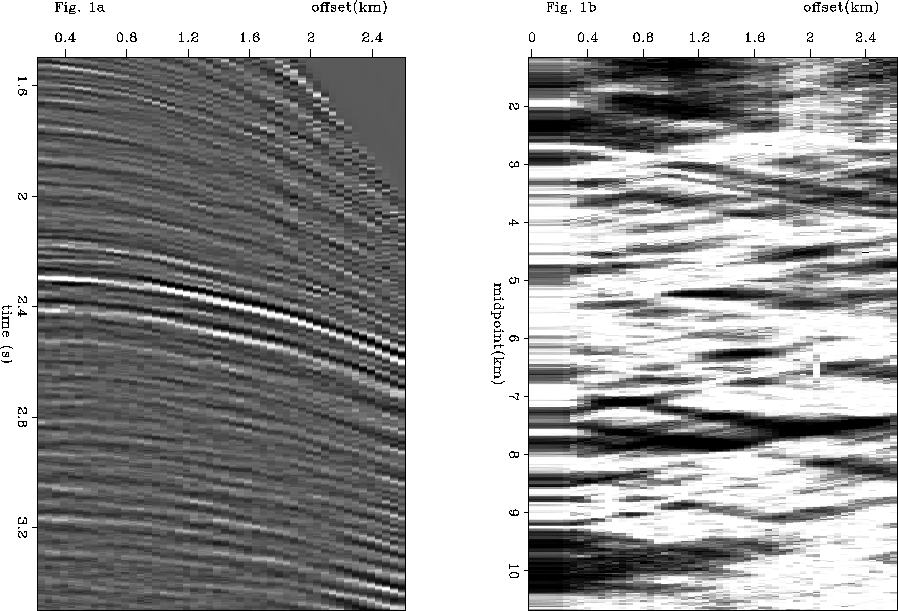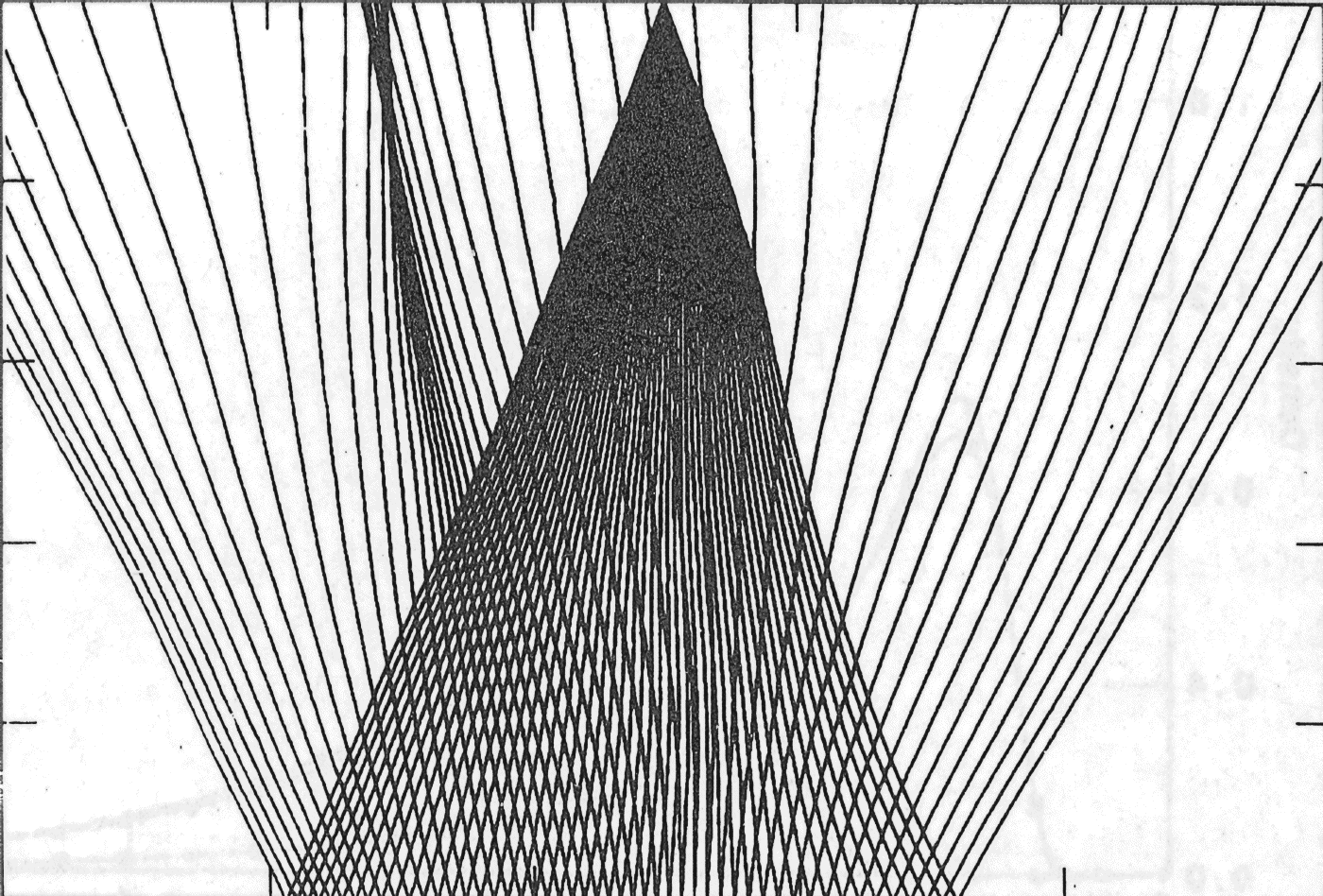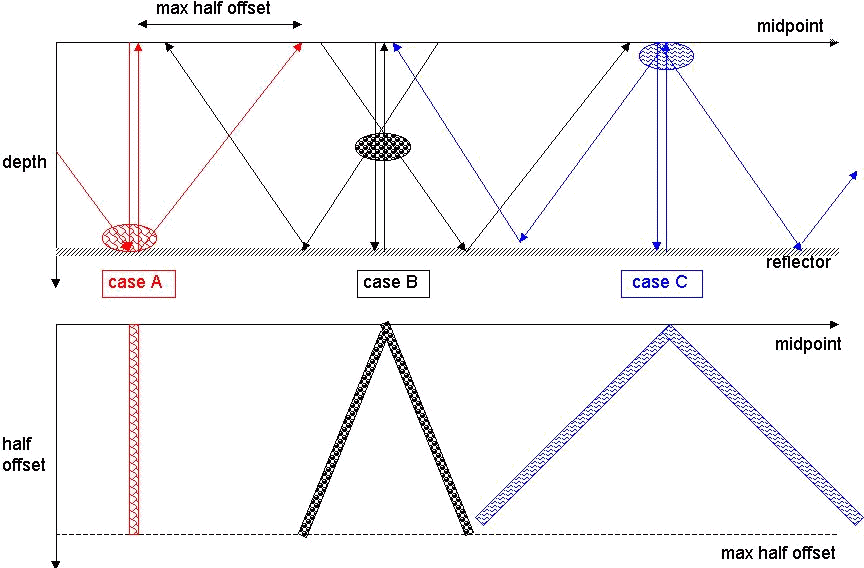




Next: What do we want
Up: Vlad and Biondi: Focusing-effect
Previous: Introduction
Most of the large structural onshore and shelf hydrocarbon plays have already
been delineated, and seismic imaging efforts have begun to
concentrate on subtler phenomena, such as those related to the
presence of hydrocarbons in rocks. A resonant note is struck in
crustal seismology by the need to delineate the extent of lithospheric
melts. AVO is one of the most common methods of characterizing the fluids in
rocks in either exploration Yilmaz (2001) or crustal Makovsky and Klemperer (1999)
surveys.
The FEAVO anomalies are much stronger than regular AVO
effects, rendering AVO analysis impossible. Their removal will thus
allow AVO analysis. A byproduct of the FEAVO removal process is a very accurate velocity model [White et al. (1988) shows
that velocity contrasts as small as 2% can generate FEAVO], and this will
also highly benefit AVO analysis, which is highly sensitive to the velocity
used for prestack migration [Clapp (2002), Mora and Biondi (2000)].
FEAVO removal is also desirable for reasons beyond the obvious
practical ones described above: in principle, the reflectivity
that seismology seeks to recover is the high spatial frequency
component of the impedance field. A FEAVO-contaminated image is
simply inaccurate. Imaging the correct reflectivities is in line with
the modern efforts towards true-amplitude imaging
[Biondi (2001b);
Sava and Biondi (2001a)]. And the by-product - an accurate
velocity model describing the low spatial frequencies of the velocity
field - is every bit as important as the reflectivity image
itself Claerbout (1999).
prodef
Figure 1 a: Part of a CMP
gather exhibiting FEAVO anomalies. The strong event at 2.3s shows a
slight departure from hyperbolic moveout, too subtle to allow
successful classical traveltime tomography. b: FEAVO anomalies in
the midpoint-offset space (Kjartansson ``V''s). The preprocessing
consisted in: muting, spherical divergence correction, bandpass
filter, interpolation of missing or noisy traces, hydrophone
balancing, f-k filtering, and offset continuation to fill in the small
offsets (with a forward and inverse DMO cascade using the log-stretch
DMO in the Fourier domain described in
Zhou et al. (1996) and implemented by Vlad and Biondi (2001)). The figure has been produced exactely as in
Kjartansson (1979): square and vertically stack the data
between 1.5 and 3.5 seconds, then take the logarithm to increase
the dynamic range. Offset continuation does
not predict the FEAVO anomalies (the tips of the ``V''s are not extended
into the extrapolated small offsets)
|
|  |





whitebig
Figure 2 The physical explanation
for the expression of FEAVO anomalies in CMP gathers (Figure 1a). If the frequency of the waves is high enough or
the anomaly large enough, we will see a small triplication. Otherwise,
only offset-dependant amplitude focusing (FEAVO) is visible. The
traveltime delays are negligible, as the velocity anomaly changes only
very little the length of the rays. Figure taken from White et al. (1988).
|
|  |
 vilus
vilus
Figure 3 The physical explanation for the
expression of FEAVO anomalies in midpoint-offset space
(Kjartansson ``V''s, Figure 1b). In the upper picture,
the blobs are transmission anomalies and the arrows are raypaths for
the zero offset and for the maximum offset recordings. For case A
(anomaly on the reflector), only a single midpoint is affected, for
all offsets. Case C (anomaly at the surface), is actually a static:
its ``footprint'' is a pair of streaks slanting 45o from the offset
axis. Case B (in between) gives a pair of streaks with angles smaller
than 45o.






Next: What do we want
Up: Vlad and Biondi: Focusing-effect
Previous: Introduction
Stanford Exploration Project
6/7/2002


